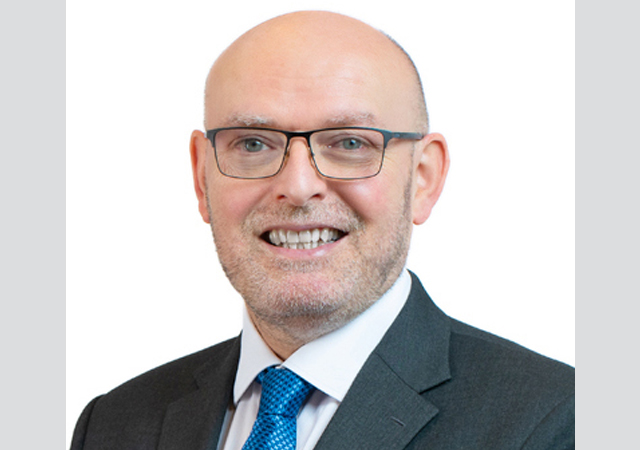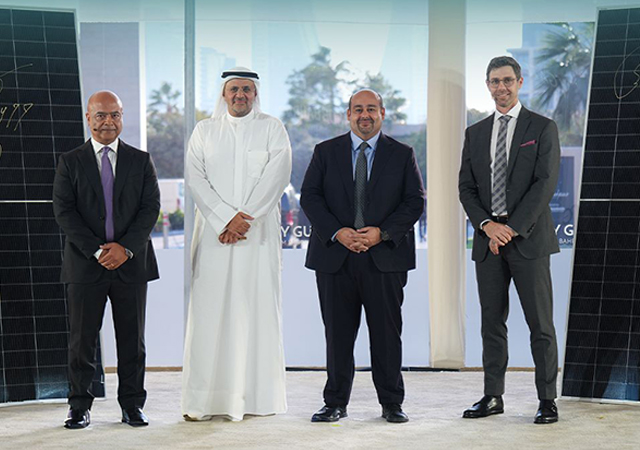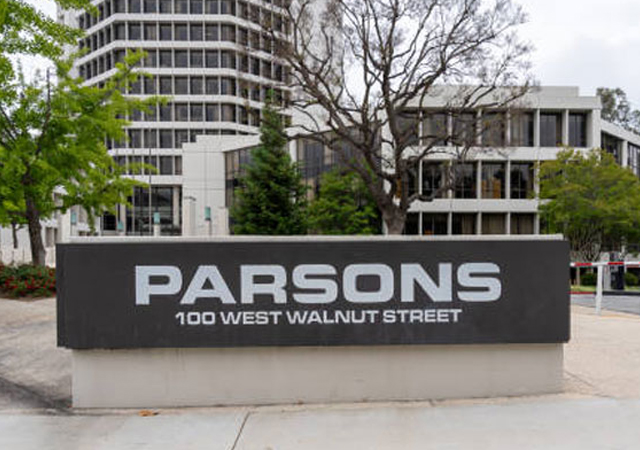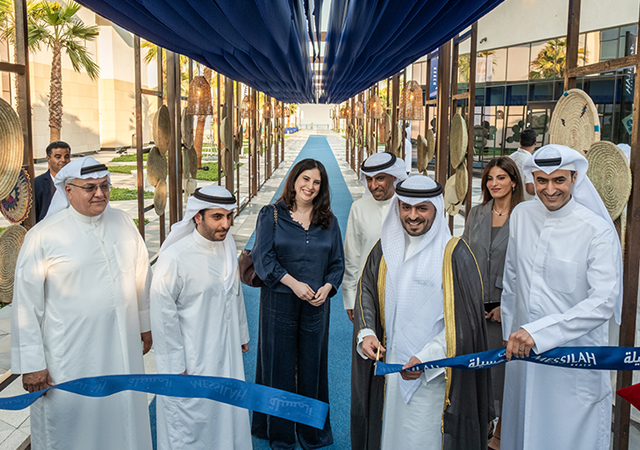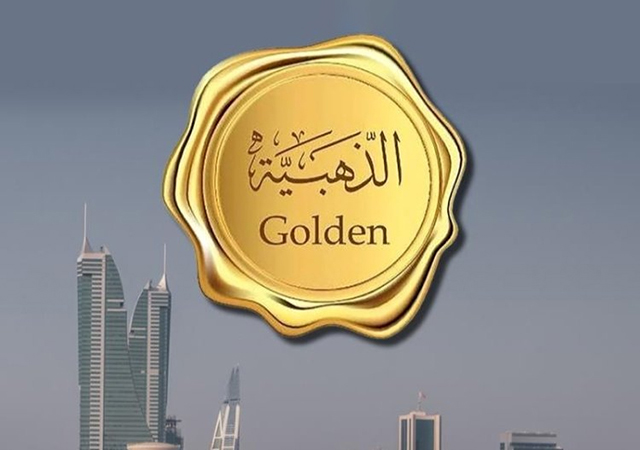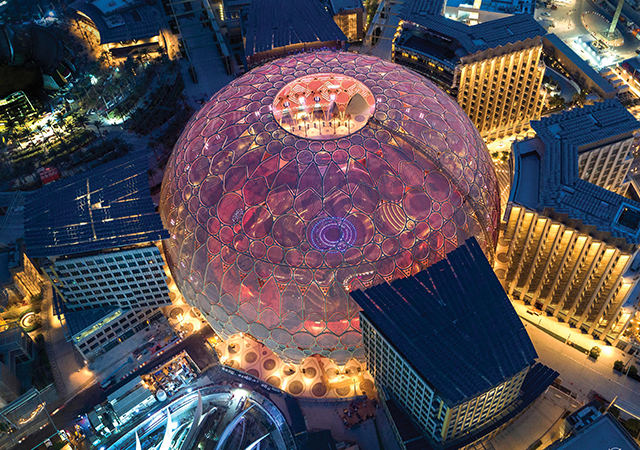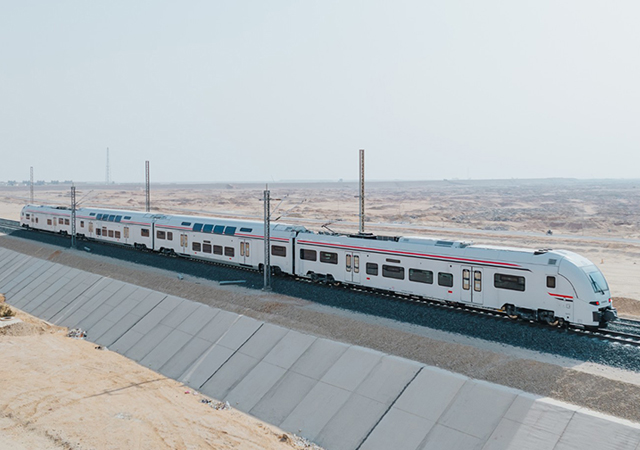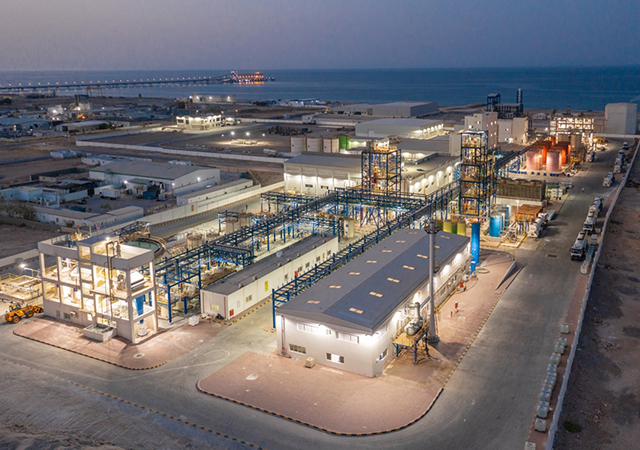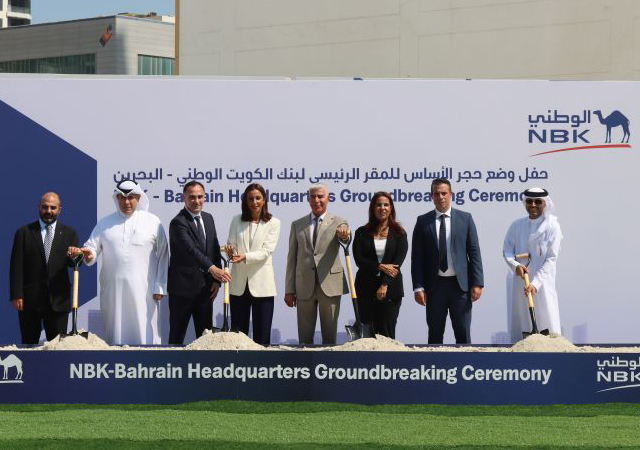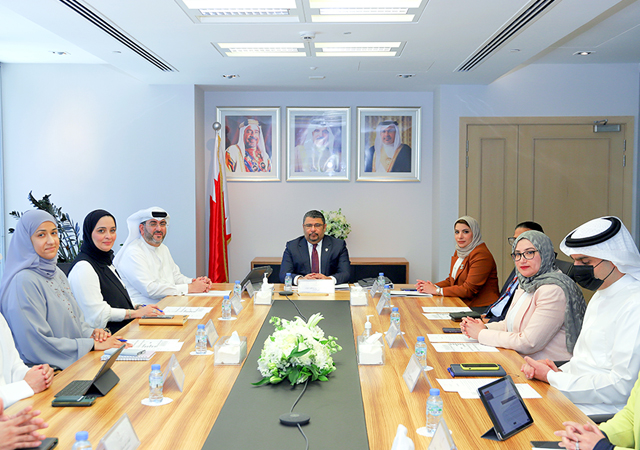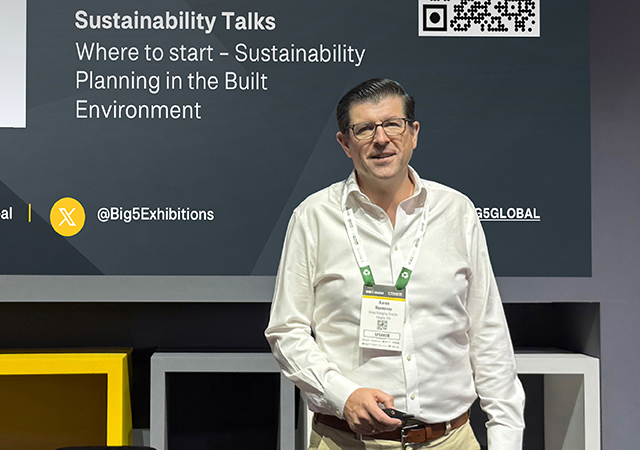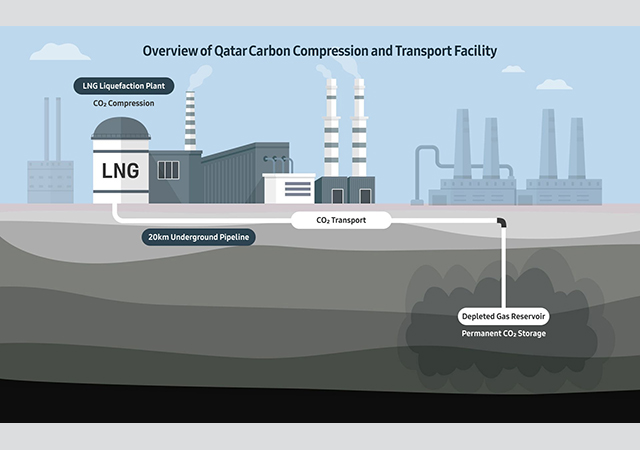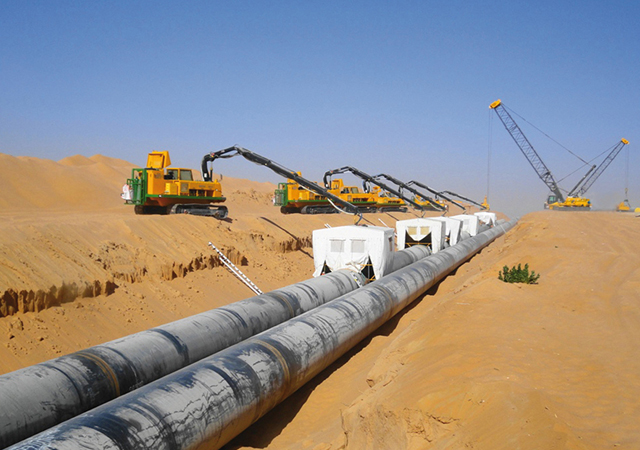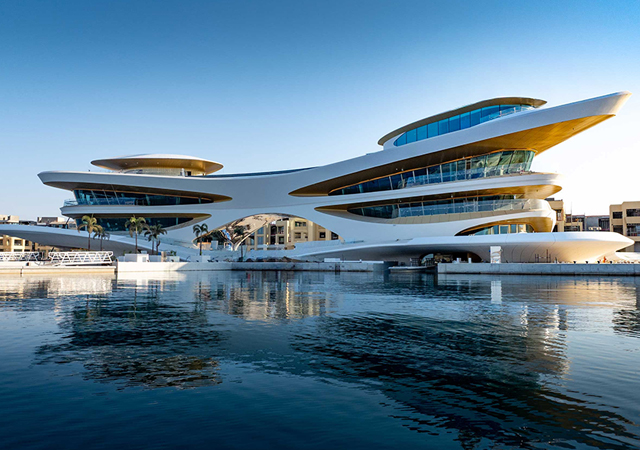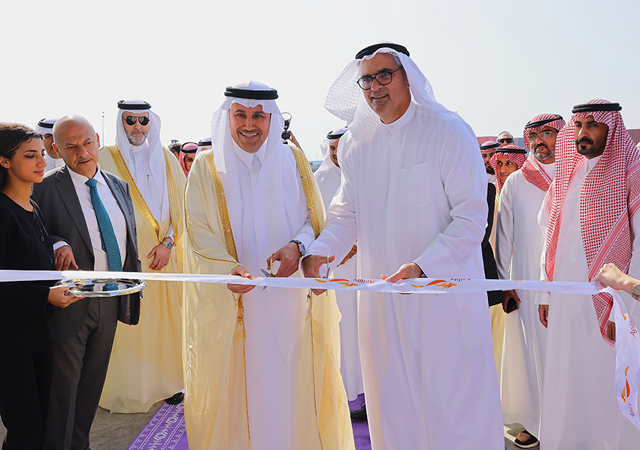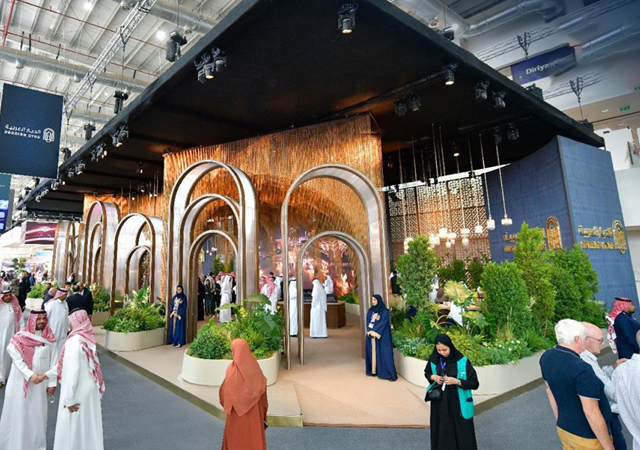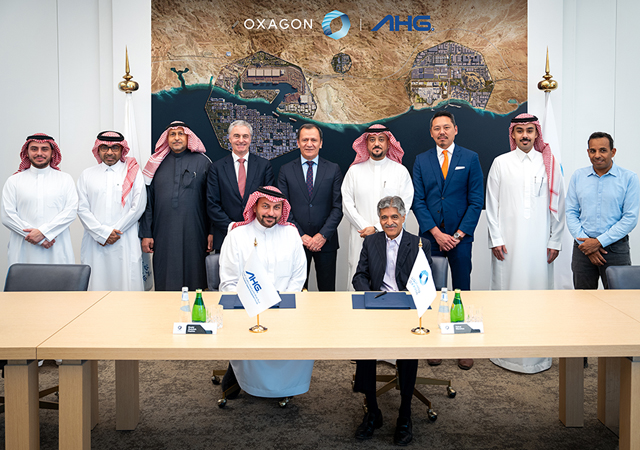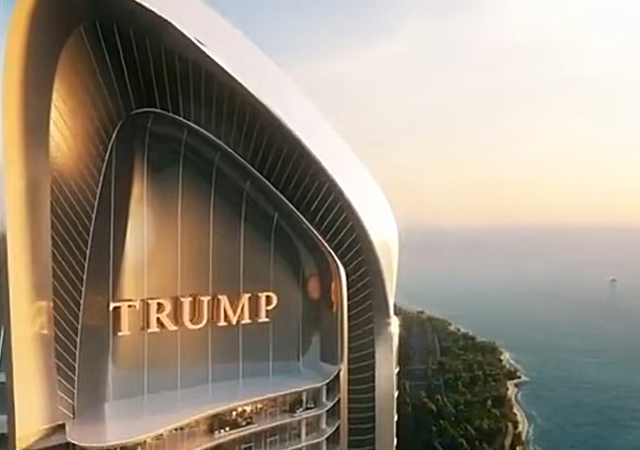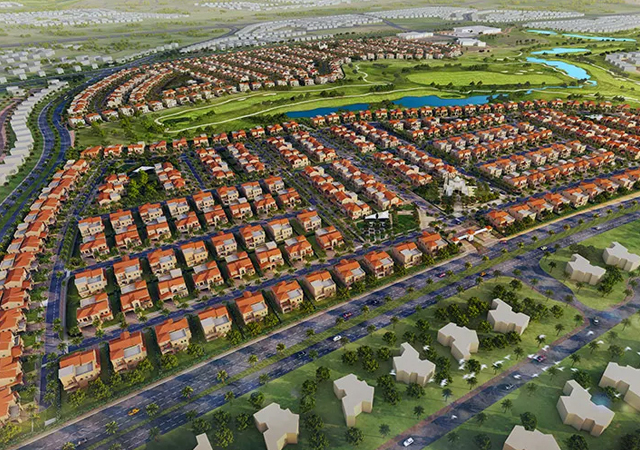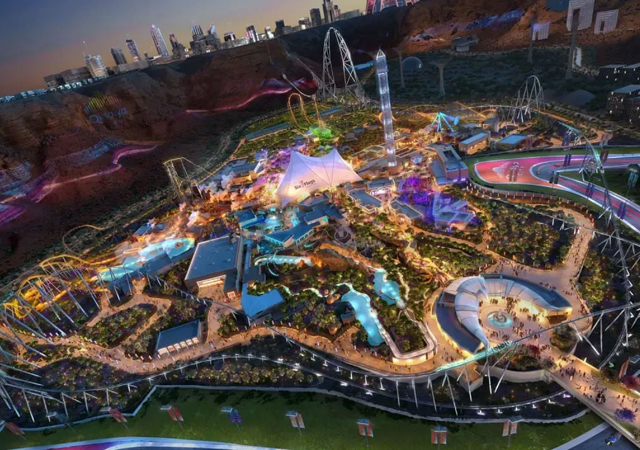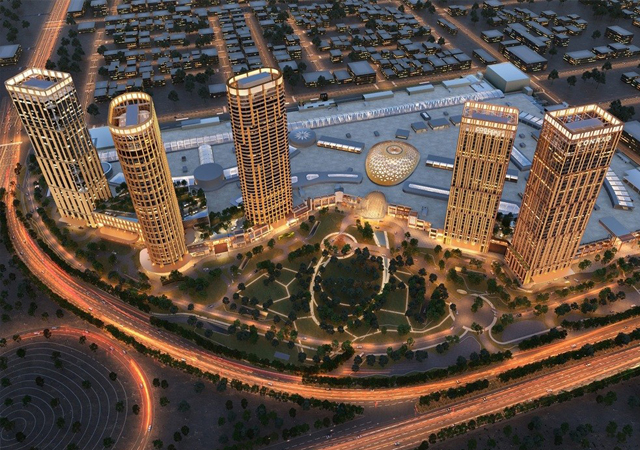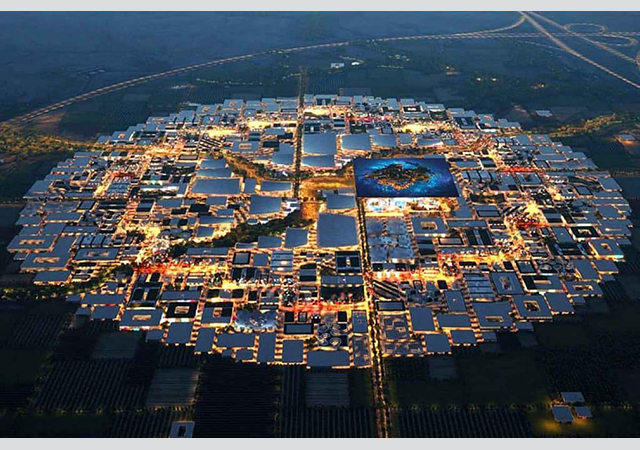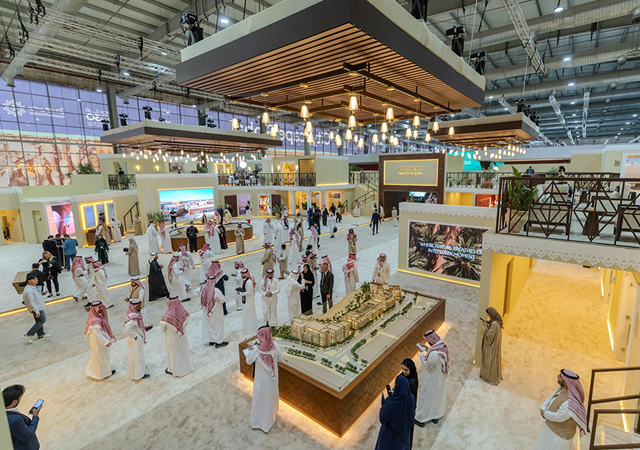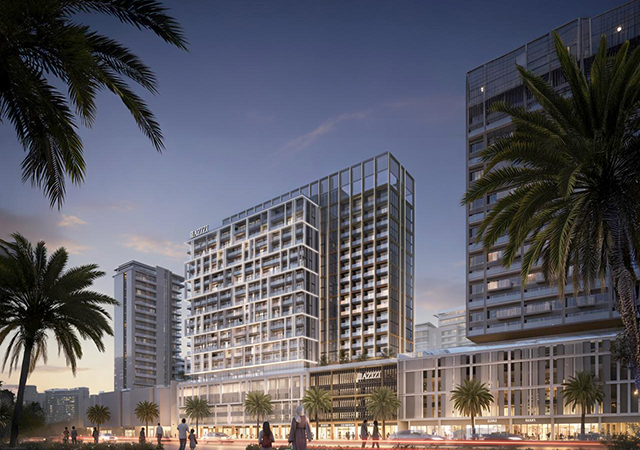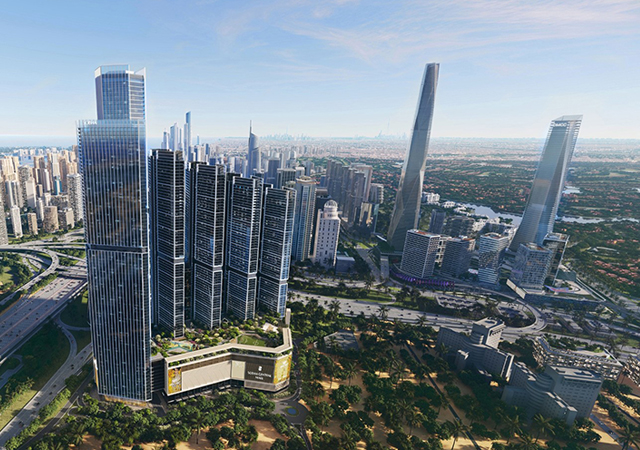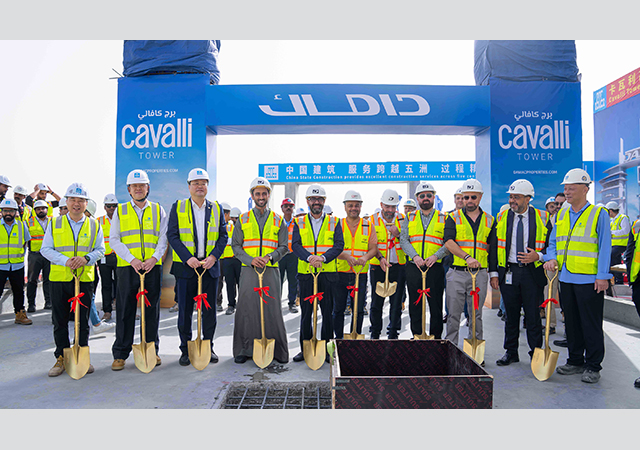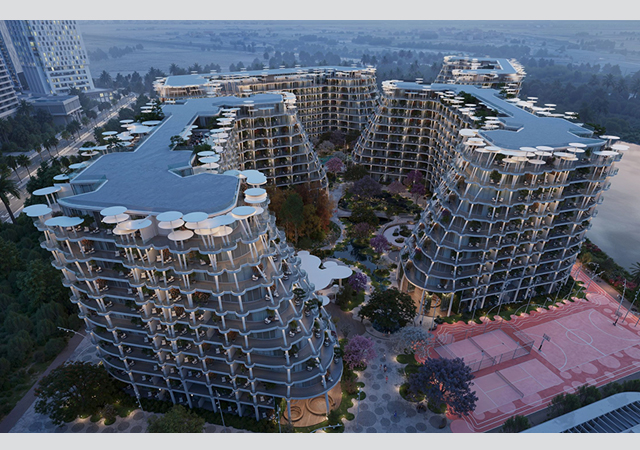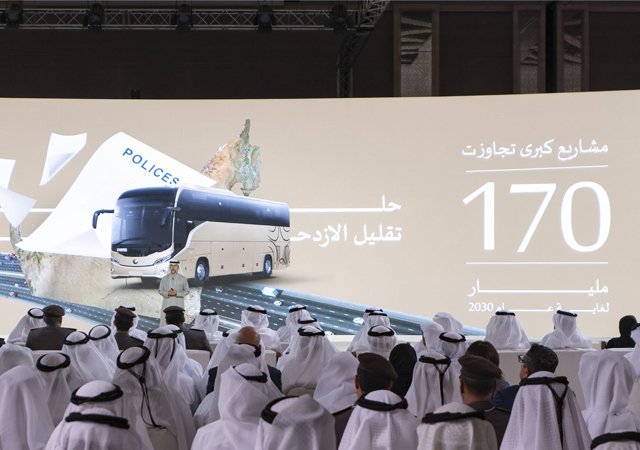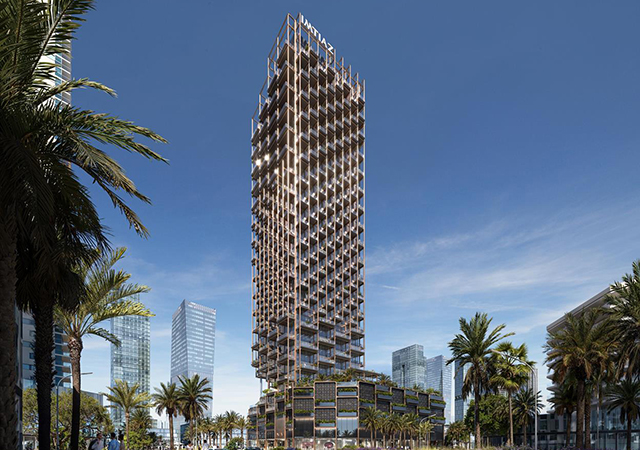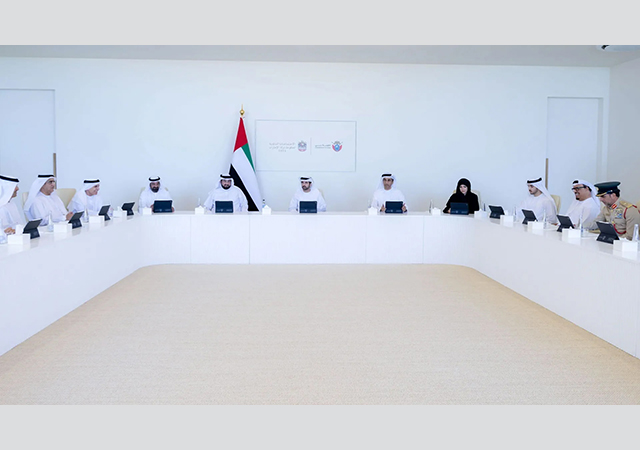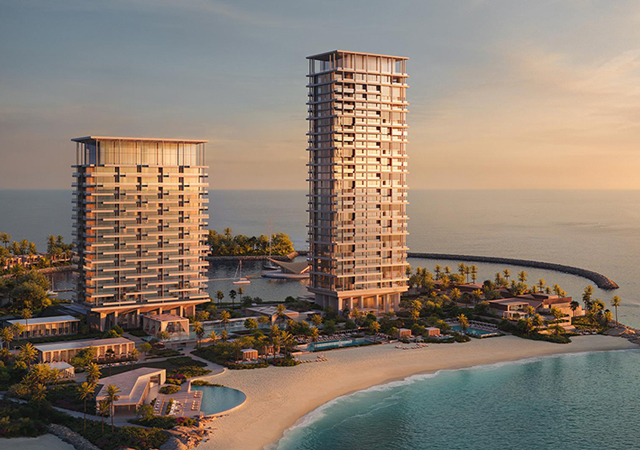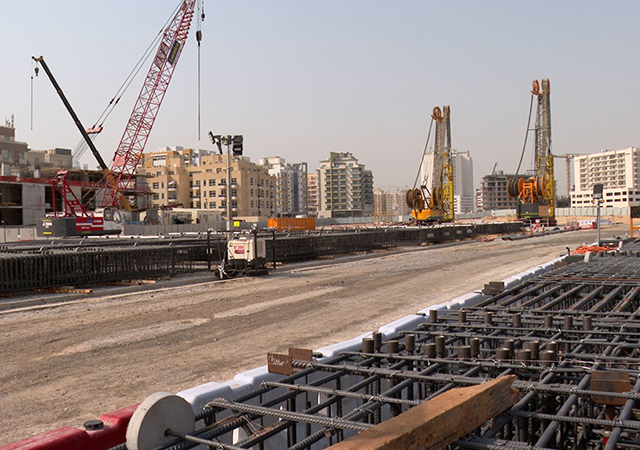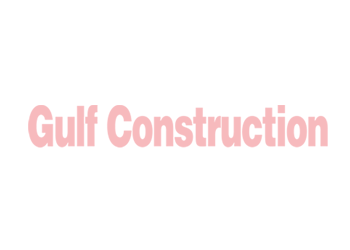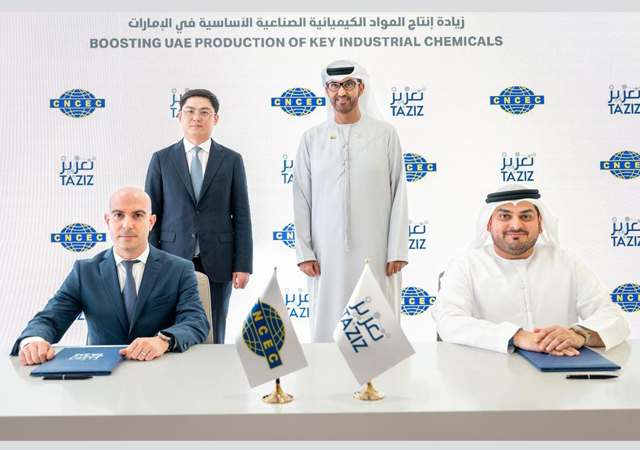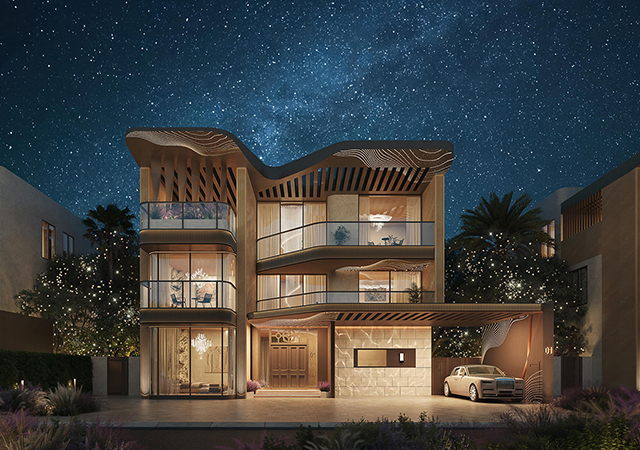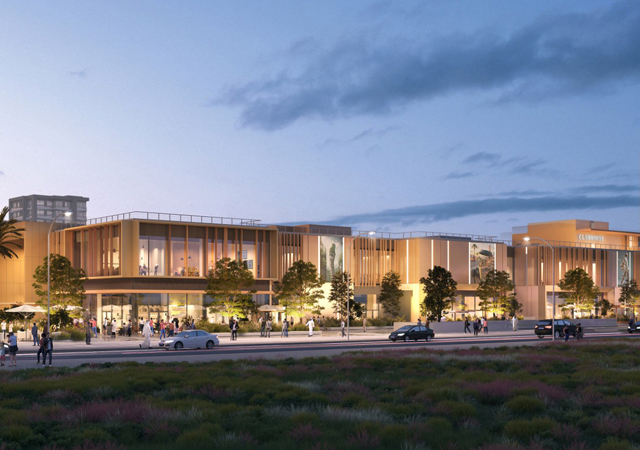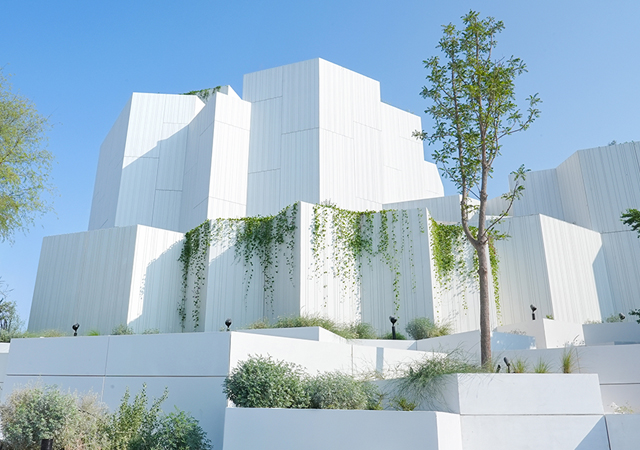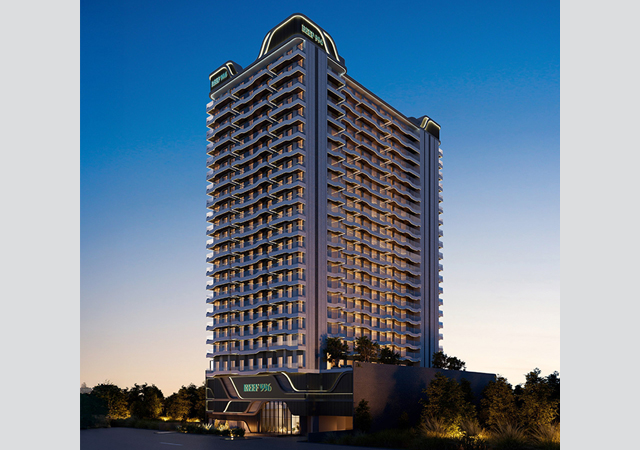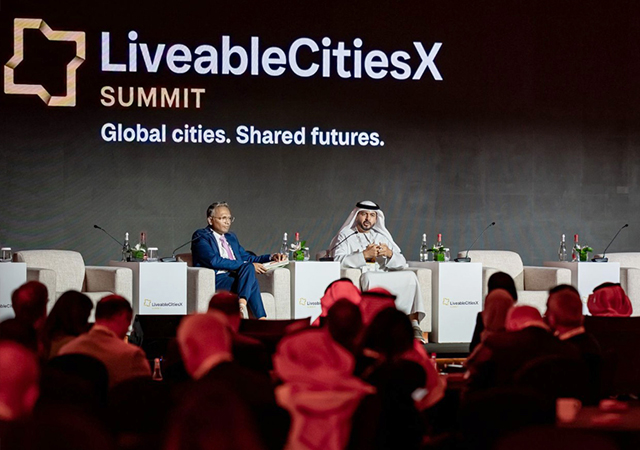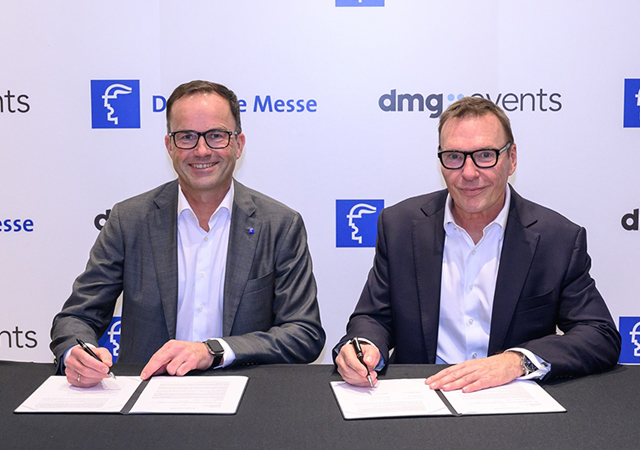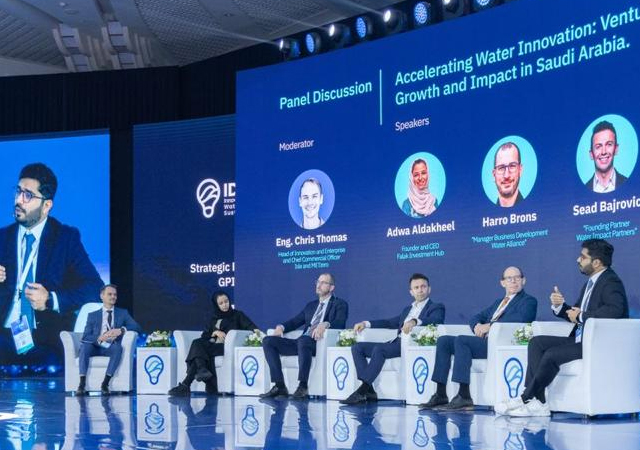
 Sowwah Square ... the masterplan.
Sowwah Square ... the masterplan.
A STRIKING landscaping concept that focuses on local cultural and environmental concerns while tying the large urban space together is taking shape on a major mixed-use project in the UAE.
Work on the landscaping at Sowwah Square, the flagship development of Abu Dhabi’s new central business district (CBD) at Al Maryah Island is well in progress and is scheduled for completion next January.
The landscaping was conceptualised by Martha Schwartz Partners (MSP).
Sowwah Square, which is modelled by Mubadala Real Estate and Infrastructure (MREI) on the world’s leading mixed-use, 24-hour CBDs, comprises four architecturally distinguished Grade ‘A’, 30 to 36-storey commercial towers (Al Sila, Al Maqam, Al Sarab and Al Khatem) that together provide 180,000 sq m of column-free, flexible and highly efficient office space. These towers encircle the new headquarters of the Abu Dhabi Securities Exchange (ADX) and allow direct access to The Galleria, a 33,000-sq-m retail and dining destination that connects the square at the waterside and mezzanine levels.
MSP was invited in 2008 to develop a landscape proposal that would integrate, connect and define the urban space for Sowwah Square. The main urban space is located on top of a two-level retail podium and creates the landscape setting for the buzzing hub of the island.
 |
|
A ‘dune’ and Bedouin mat (below). |
“The vision for Sowwah Square, and the greater Al Maryah Island (formally Sowwah Island), is to create a model urban district designed with functionality, accessibility, sustainability and quality as its guiding principles,” says Abdulla Abdul Aziz Al Shamsi, vice-president of MREI. “Sowwah Square focuses on enabling people to move with ease throughout the district. Pedestrian connectivity is reinforced at multiple scales, from the largest planning considerations to the smallest detail.
“With the seamless transition of design controls from the interior to the exterior of all Sowwah Square assets, Martha Schwartz Partners’ landscape design brings the district’s vision to life and expresses the unique identity of Sowwah Square’s integrated mixed-use facilities.”
The landscape concept for the project is derived from natural and cultural phenomena inherent to the Arabian Peninsula. “The landscape architecture is structured around the existing architecture, pedestrian and vehicle movements, and the creation of functional external areas. This base structure is then embellished with concepts that unify the public realm and give the site a clear landscape identity,” says Nigel Koch, senior associate at Martha Schwartz Partners.
MSP’s scope of works on the project, which has an overall site area of 26,400 sq m, includes concept design through to construction supervision, with Oger International as design-and-build contractor undertaking the construction documentation. The landscape contractor, Desert Group, constructed the landscape works with Oger International and was an important factor in the successful implantation of the design.
 |
“The design was a centrepiece for the Sowwah Square development and our scheme is innovative and striking while responding to the local cultural and environmental concerns. The magnificent patterns and impressive forms create a unique landmark for Abu Dhabi,” says Koch.
He points out that the landscape was a key part in assisting the development gain a Leadership in Energy and Environment Design (Leed) Gold certification. For example, the planted mounds – one of the design features of the landscaping – contribute 1.45 times more green space than level planters, ensuring the green space provided complies with the Leed requirements for an environmental sustainable development.
The key design features include:
Dunes (mounds): Based on the concept of a dune, which is a constantly evolving natural formation that creates and shelters micro-environments, mounds are used as a landscape device, providing wind protection and creating a variety of sheltered and intimate spaces for relaxing and events.
The use of planted mounds was a strategic move by MSP to create microclimates responding to the environmental conditions of the plaza, mitigating the harsh conditions of the site such as hot and sandy winds. Mounds reach heights up to 3 m and provide shelter and shade for users – which are a huge priority of this landscape. Additionally, being out of reach of human interference, the mounds allow birds and insects to inhabit them.
Extensive design research was conducted by MSP to ensure that the mounds contribute positively to the environment. The construction of the mounds incorporates a moisture-retention system to minimise the amount of water required. Also, ground cover has been selected as it requires very little water per day.
Bedouin mat (patterned paving bands): Decorative patterns, as seen in traditional crafts, are used to unify and order external spaces. The landscape design is conceived as a single large ‘carpet’ or ‘sand’ surface that is overlaid with decorative mats that radiate out from the mounds and open spaces to create a dynamic and interesting pavement.
Shade (structures): The response to the sun was important with the original scheme integrating a large central shade canopy that interweaved amongst the mounds and cast fine shadows, creating dappled lighting effects throughout the day and striking silhouettes at night. Due to cost constraints, this will be developed at a future date.
Trees: The positioning of the trees was a challenge as they were required to be located within the podium to provide a canopy of continuous shade. The trees weave through the mounds creating a shaded route for pedestrians. Additionally, the angular seating elements have planters incorporated, providing protection for the user and contributing to green space value.
Water rills: The water rills operate as a closed loop cycle of reusing water and are effective in reducing water consumption. As the water travels along the striated surface, it splashes off the edges creating a cool mist and ensuring that the granite benches are constantly being cooled.
The mounds enhance the podium plazas in two ways: they maximise the overall green area on a small footprint (approximately 1.45 times), and reduce irrigation requirements.
“Based on data received from Desert Group’s maintenance team, the water required is half of what is normally required according to the standard design figures given by Abu Dhabi Municipality (ADM); we are applying at peak demand a little less than 2 gallons per sq m per day, which is below the ADM standard rate. This is a significant breakthrough for cities in desert climates,” says Koch.
“This is because the construction method of the mounds is particularly efficient due to the inclined soil profile, which means that the irrigation is carried through the profile by gravity but available to the planting on the slopes at all times due to the shallow soil cover. Careful management of the distribution lines means that excess water at the base of the mounds is minimised, ensuring that an even and efficient uptake of water is achieved by all the plants.
“In addition, the mounds provide protection from the prevailing wind, which in turn also assist in reducing transpiration. Keeping in mind that this is a podium landscape on concrete, which is extremely restrictive for plants, the mounds and their spatial arrangement have produced an oasis effect, but within the limits of water usage and the challenging environment,” he says.
Commenting on the kind of plants used, Koch says: “The planting strategy contributes to the overall design language and creates a true pedestrian-friendly urban plaza. The location, size and colour arrangement of the planting strategy has been developed to identify the different zones within the public realm and to facilitate way-finding and comprises planting mounds, flush garden beds and trees. Each type of planting is used to emphasise the site-wide design principle and respond to the distinct character of its location.”
The entrance areas to the site are planted with low hedges, ground cover and grasses to ensure maximum views into the plaza and to create a formal entry. The low-maintenance grasses sway in the breeze and provide a seasonal interest.
Small groups of trees have been planted in a grid that fits within the existing podium structure layout and the tree canopies are cut into shapes that are sympathetic to the site-wide mound and canopy layout. The chosen tree Indian fig, Ficus nitida, will allow 3-m clearway underneath for clear views lines and pedestrian movements while providing a thick canopy for shade from the harsh Abu Dhabi sun.
“The plantings to the mounds are bold and dramatic. The shifting facets of the mounds are emphasised by dramatic contrasts in colour and textures of the plants such as the Golden Ice Plant Lampranthus aureus with its bright orange flowers next to Purple Lady Iresine with its delicate purple foliage. All the species were selected for hardiness, low maintenance and drought- and heat-tolerance,” says Koch.
Commenting on the challenges of the project, Koch says: “One of the key challenges of the design was to tie this large urban space together, provide open civic spaces along with intimate spaces for the individual. The network of mounds, water features, trees and paving is a beautiful tapestry of design elements creating a new landmark and identity for Sowwah Square and Abu Dhabi. The landscape is unique and impressive.
“The mounds are exciting and dynamic in the way they flow around the buildings, differing in scale, colours and textures. The sides of the mounds are faceted into sections of plantings, which vary from purple to light green. The mounds provide a backdrop for the seating elements, creating privacy and intimate moments of respite.
“The benches are constructed of honed granite and appear to evolve out of the base of the mounds as if the wind has blown away the sand, thus exposing them. The integrated water features represent the historical Falaj system, moving through the benches and responding to the natural topography. The surface texture is finished with ornate 10-mm grooves, creating pools, ripples and interesting and differing water depth and rate movements. This allows the water to pool at moments and run quickly at other locations.”
“The landscaping prioritises pedestrian movement and allows office workers and visitors to wander through a unique environment that connects and frames the surrounding buildings. There is a consistent design language and material palette to create a unified design; the landscape varies in relation to different site programmes to provide a range of landscape experiences.”
The design principles are adapted to suit the associated programmes of the surrounding buildings. The key pedestrian routes are lined with rows of trees to ensure maximum shading for office workers and visitors, while entrance areas are planted with low hedges and ground cover to ensure maximum views into the plaza. Large landscape mounds, seating edges and trees are used to frame the centre of the plaza.
 |
|
Plants at the development. |
He continues: “Building landscapes on concrete podiums provides unique challenges that include weight loading, limitations of soil depths and coordination with architectural works. In addition, the Sowwah Square project was made more complex with the extra pressures of a fast-tracked construction period, short procurement times, working during the extreme heat of the peak summer months and coinciding with the reductions in work hours during Ramadan,” says Koch.
“Apart from the typical challenges of building landscapes on podiums, for Sowwah Square the intricate paving patterns and the constructed planted mounds were uniquely complex. The success of the landscape is down to the skilled workmanship of Desert Group, who ensured that the intricate paving patterns maintained an exceptional quality and the mounds from the structural foundation through to the post-care of the plants is to a high standard,” he adds.
The landscaping design at Sowwah Square addresses the environmental issues. “MREI and Martha Schwartz Partners are committed to the urban landscape and public realm as the platform for sustainable cities that are healthy across all aspects, sectors, and domains of urban life. In responding to the specific environmental concerns of Sowwah Square, the design maximises green space, and provides trees for shade and water for cooling,” says Koch.
MSP is a leading international practice whose work focuses on activating and regenerating urban sites and city centres. It has 20 years of experience designing and implementing installations, gardens, civic plazas, parks, institutional landscapes, corporate headquarters, masterplans, and urban regeneration projects. The company is also working with cities at a strategic level as it takes a view to sustainability at a city or regional scale.
This year, MSP has been involved in a large-scale masterplan for the Yongsan development in Seoul, South Korea. Similar to Sowwah Square, this development is for a new economic and cultural centre for the city.
Locally, MSP was the lead consultant for the Abu Dhabi Corniche, where it was called upon by the masterplanner to develop a 4-km length of corniche beach – an urban waterfront edge. Also similar to Sowwah Square, the project aimed create a new cultural destination and for locals and visitors to the region.



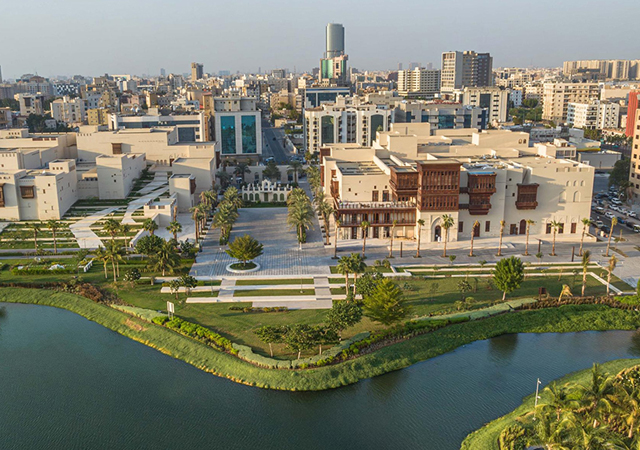
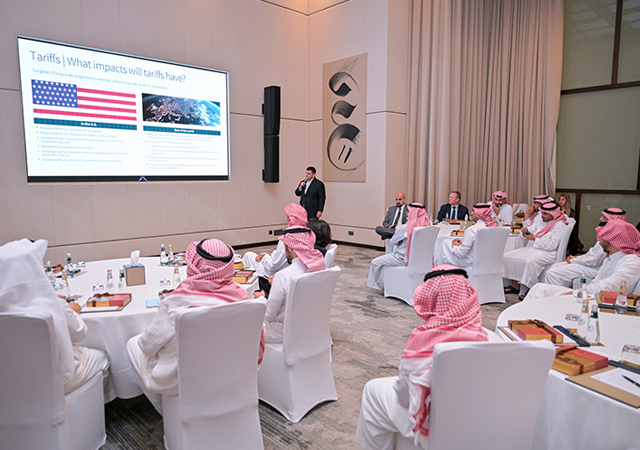
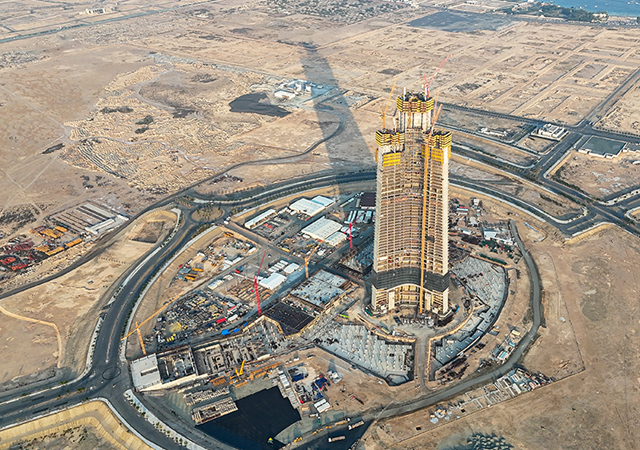
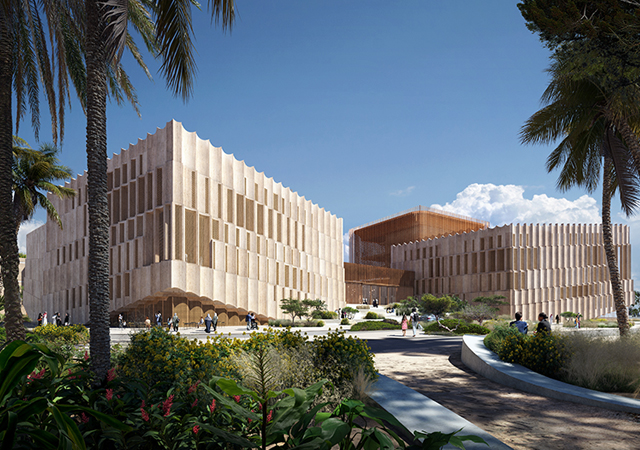
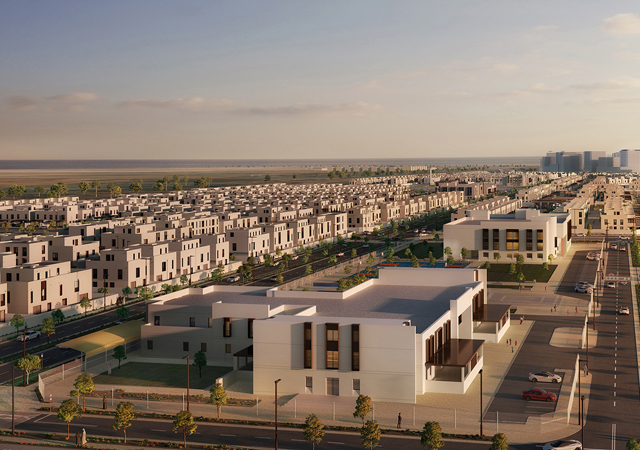
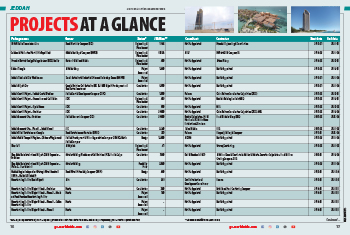
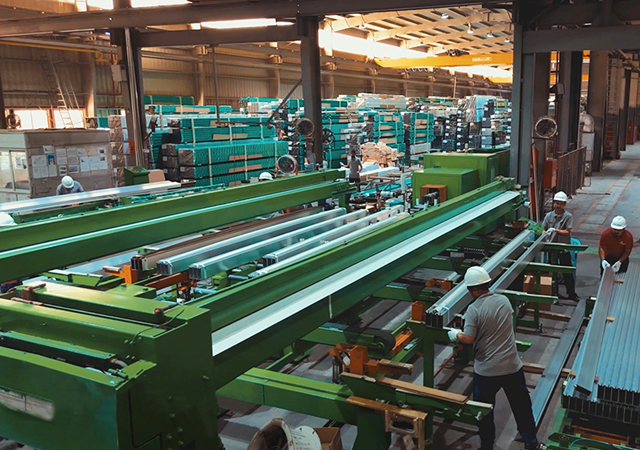

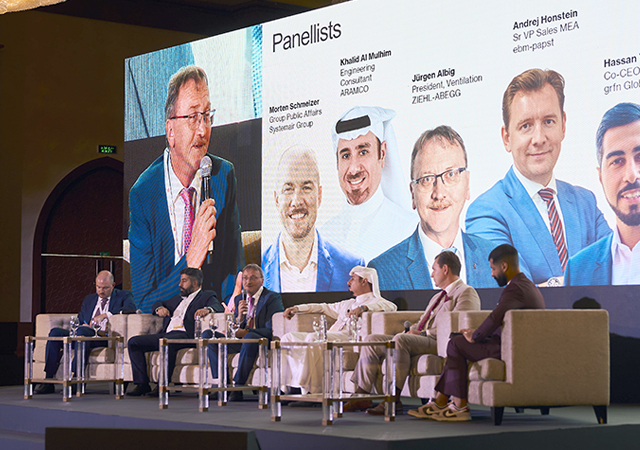
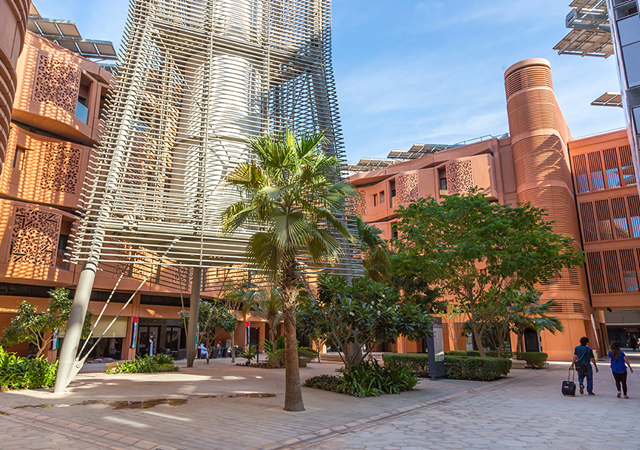
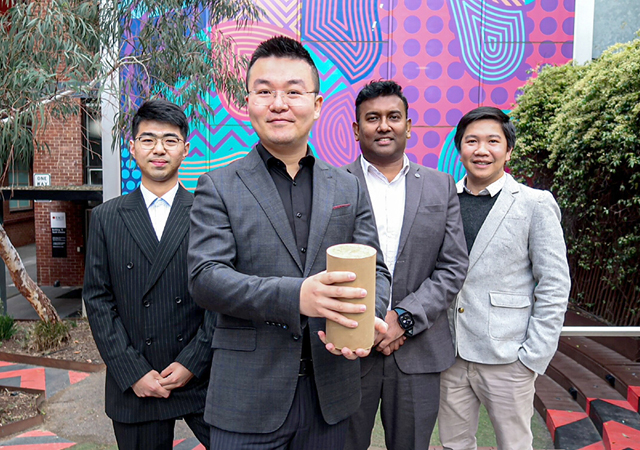

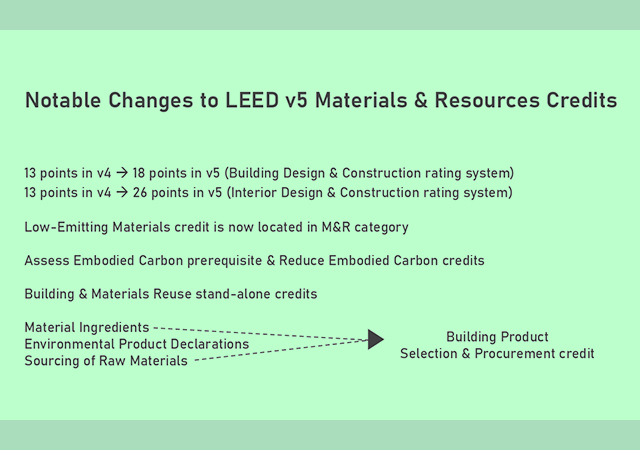
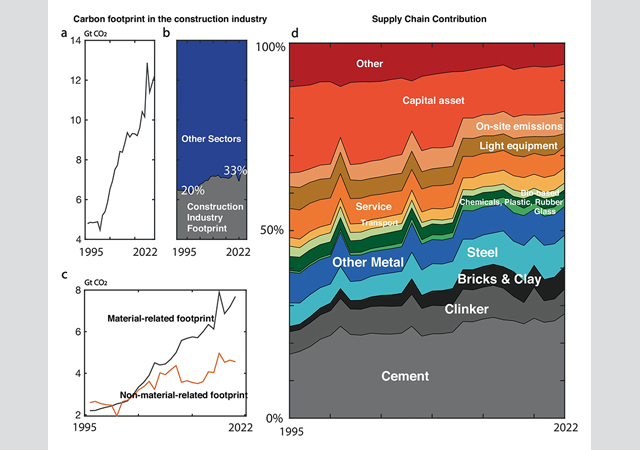
.jpg)
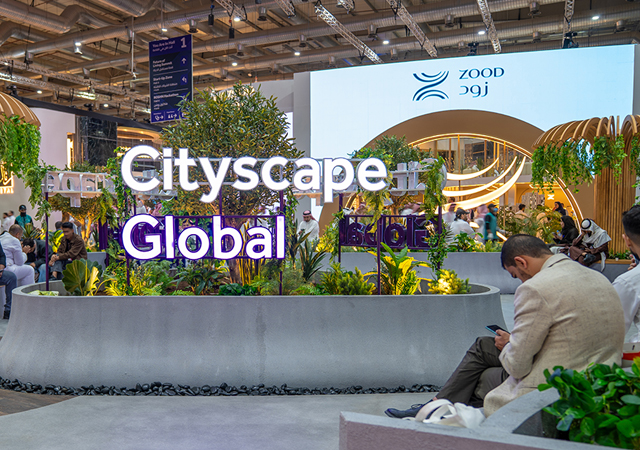
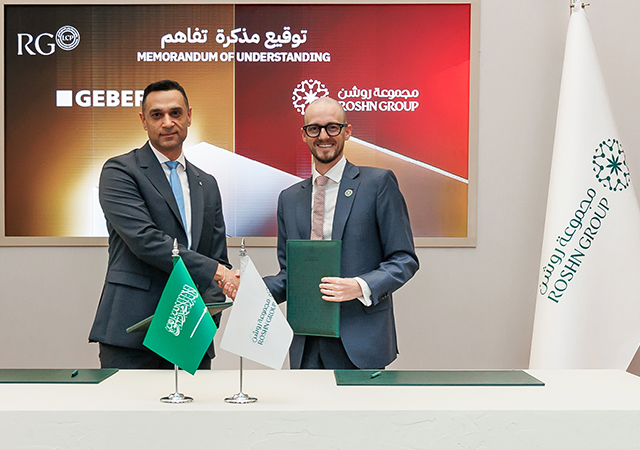
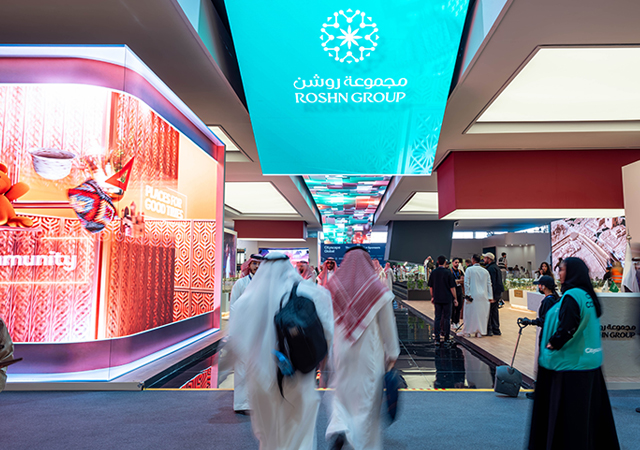
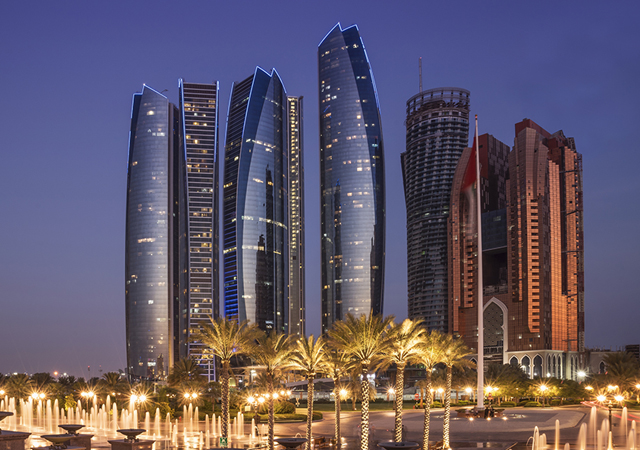
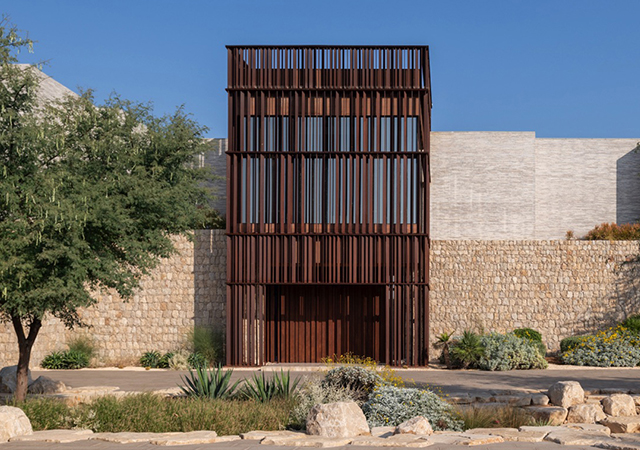
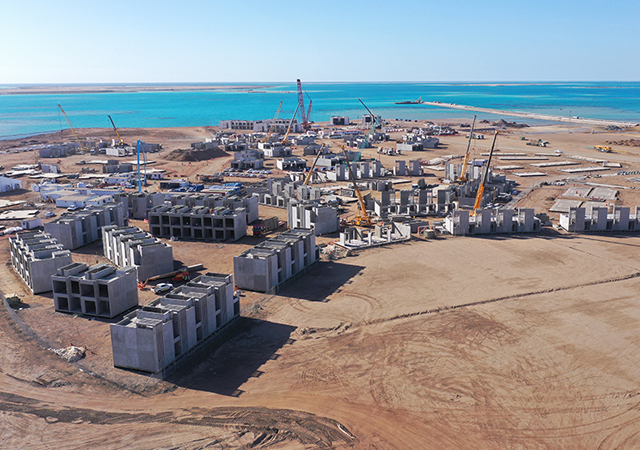
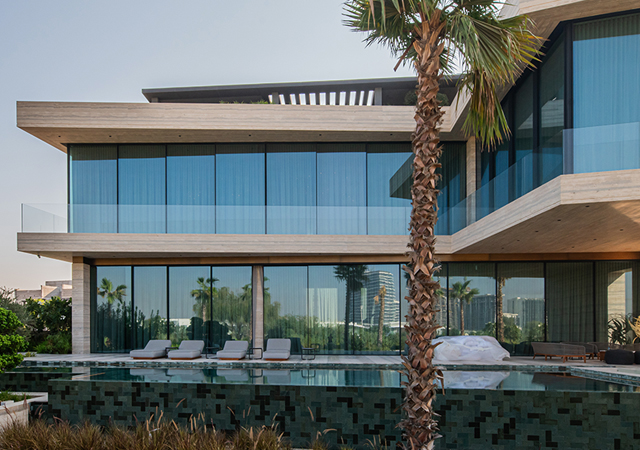
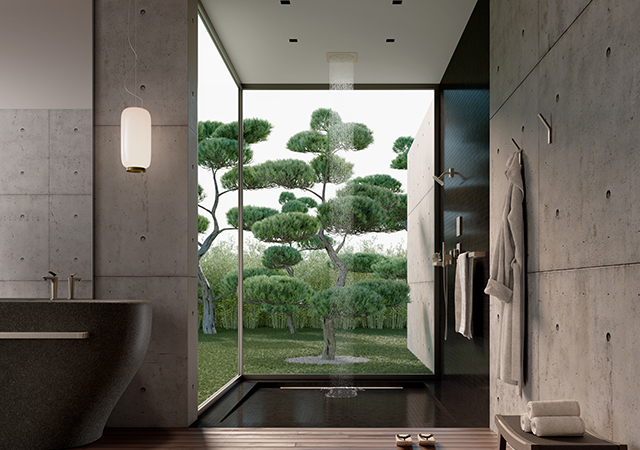
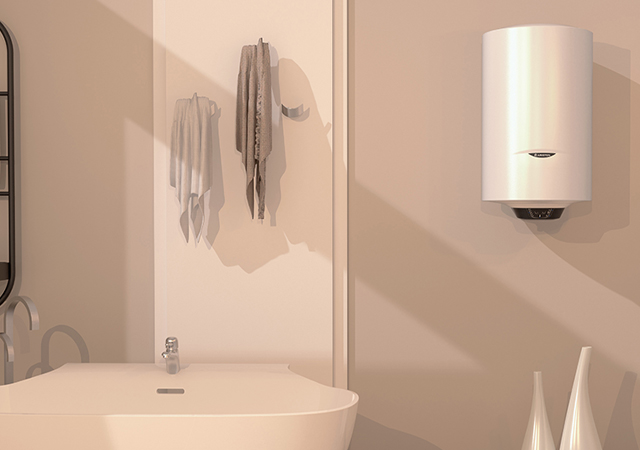
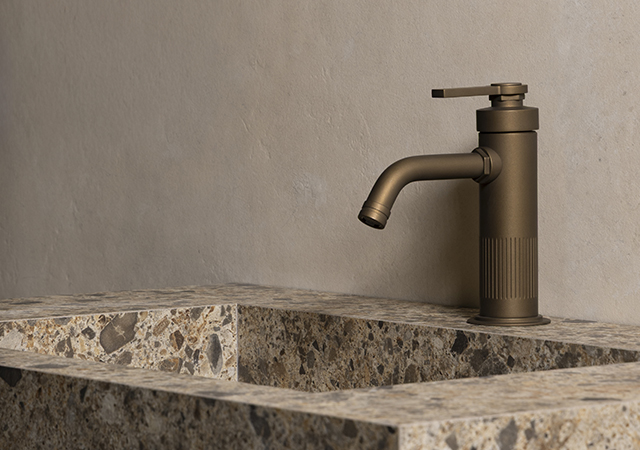

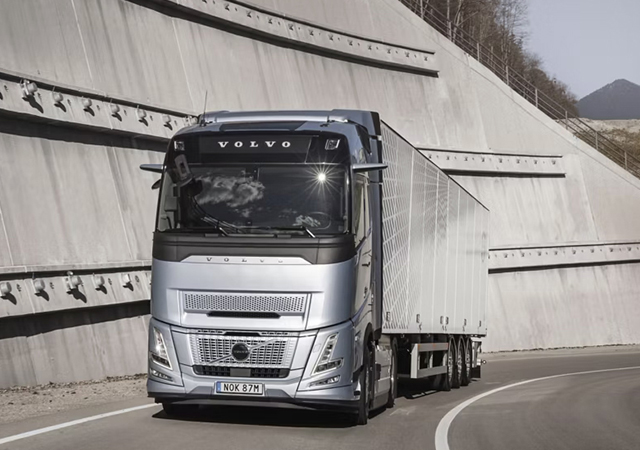
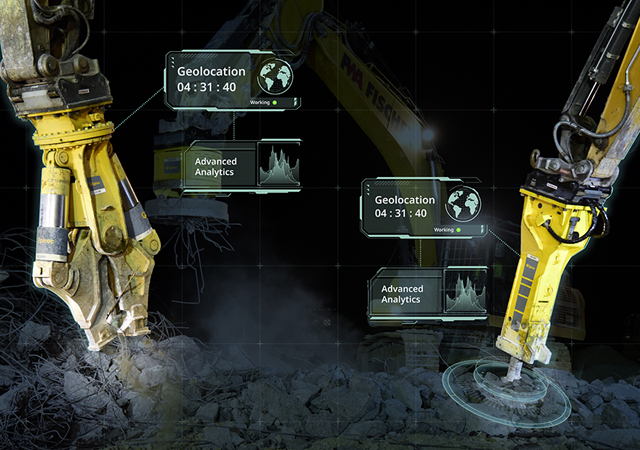
 (1).jpg)
